Copyright 2020 - 2021 irantour.tours all right reserved
Designed by Behsazanhost
10 Iran's mysterious castles
10 Iran's mysterious castles
Iran is a land that has always been attacked by enemies throughout history, which is why the forts have a special place in the country. The castles that have stood in the tumultuous history of this land are now recorded as part of the history. Strong fortresses that contain thousands of secrets and mysteries. There are many castles in Iran, each of which dates back to a certain period and is scattered in cities and villages across the country. Each of them has its own beauty.
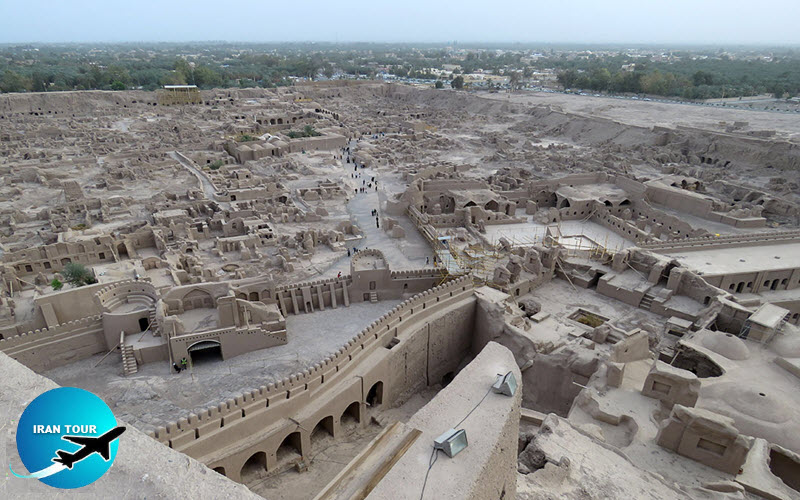 |
Among these castles, the most famous are:
1- Bam Citadel
Bam Citadel is the greatest castle in the world made of mud-brick.
The great Bam citadel which is listed by UNESCO as part of the World Heritage Site is the largest adobe building in the world. It is located in Bam city, Kerman province. The origin of this huge citadel on the Silk Road dates back to the Achaemenid Empire (6th to 4th centuries BC) and even beyond. The outstanding period of the citadel was from the 7th to the 11th century, when it was at the crossroads of important trade routes and known for the production of silk and cotton garments.
On December 26, 2003, the Citadel was almost completely destroyed by an earthquake, along with much of the rest of Bam and its environs. Currently, various parts of it have been repaired and rebuilt.
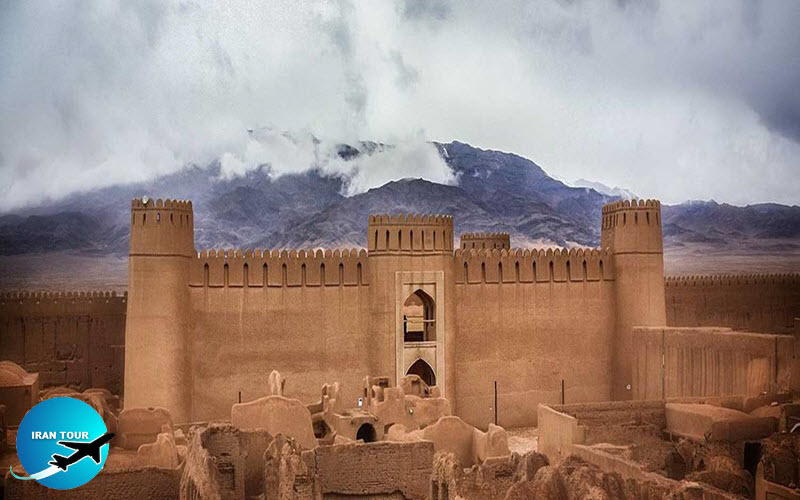 |
2-Arg-e Rayen
The second-largest adobe castle in the world
The second adobe castle in Kerman Province is in the vicinity of the Bam citadel. Rayen has all the architectural elements of Iran's castles in the deserted. The Rayén Citadel was inhabited until 150 years ago and, although it is believed to be between 500 and 1,000 years old, in fact, it may have foundations from the pre-Islamic and Sassanid eras. Arg-e Rayen has always been among Iran's most strategic historical foundations. As the castle has been located on the way of Silkroad or the main trade route between east and west, it was once a popular place for traders and caravans. It was especially an important hub for the trade-in of valuable textiles that were shipped to countries like Egypt. Furthermore, the castle was inhabited by around 5000 people until 150 years ago but was gradually abandoned since then.
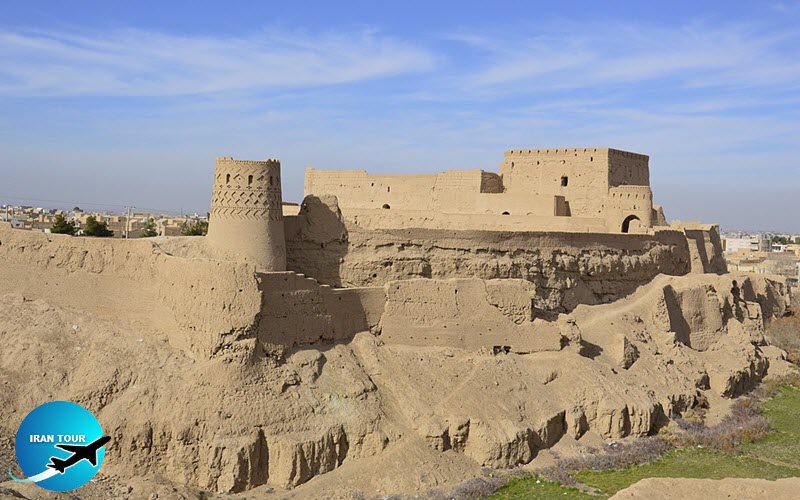 |
3-Narin Castle
In the center of Meybod, the Mysterious old Narin castle is located on a hill. Evidence from the castle's excavations prove that it has a Sassanid structure.
According to archaeologists' excavations, the castle began to be inhabited from about 3 to 4 thousand years BC. Therefore, it can be said that Narin castle has the oldest human civilization in all of Yazd province. The castle has a complex structure that includes different floors. Upper floors for living and guarding the castle and the underground networks for emergencies. The underground networks in the lower parts of the castle prove that the designers and architects built them to provide the necessities of life for people, including water and food.
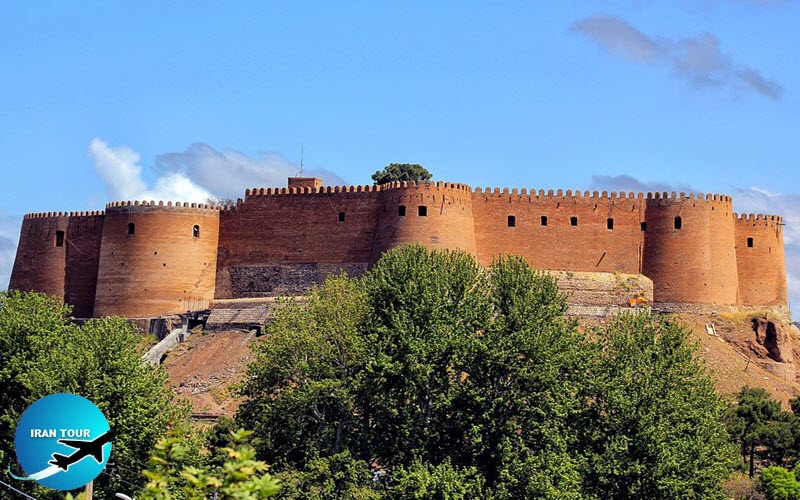 |
4-Falak-ol-Aflak castle
A Sassanid era (224–651)gigantic structure by the name Shapur Khast or Falak ol Aflak laid on a tall hill in the city of Khorramabad, Lorestan Province. Falak-ol-Aflak castle is amongst the most important structures built during the Sassanid era. The first structure of the castle is backed by the reign of Sassanid Shapur I in the 3rd century AD. The Falak-ol-Aflak Castle had great importance and Roman prisoners were imprisoned there during the Sassanid era. The castle was rebuilt during the reign of Fath-Ali Shah Qajar and was used as a military detachment and political prison in the Qajar era.
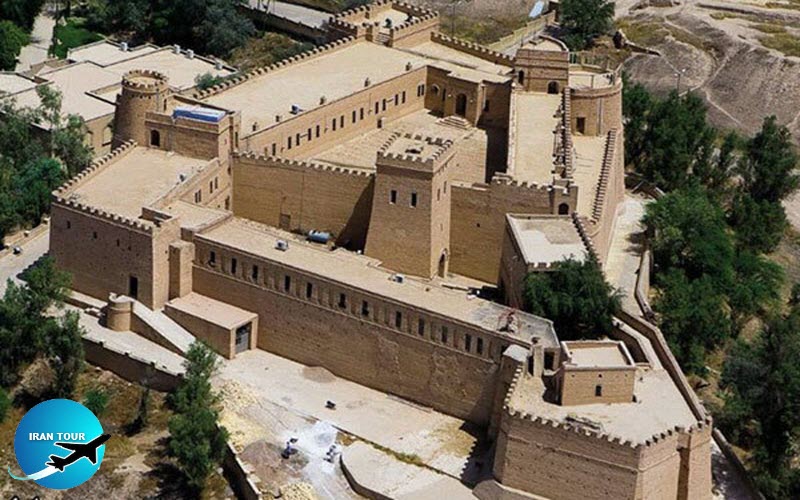 |
5-Susa Castle
A not so old castle on an ancient hill with historical materials
It looks very much like the French Bastille prison. Perhaps because in 1897 the French archeological delegation, came to Iran and built it on the highest point of Susa city. Susa Castle is also known as Acropolis Castle or the French Castle, and although it dates back to the Qajar period, it is built of bricks obtained from Darius' Palace and a number of bricks inscribed in Choghaznabil nail cuneiform.
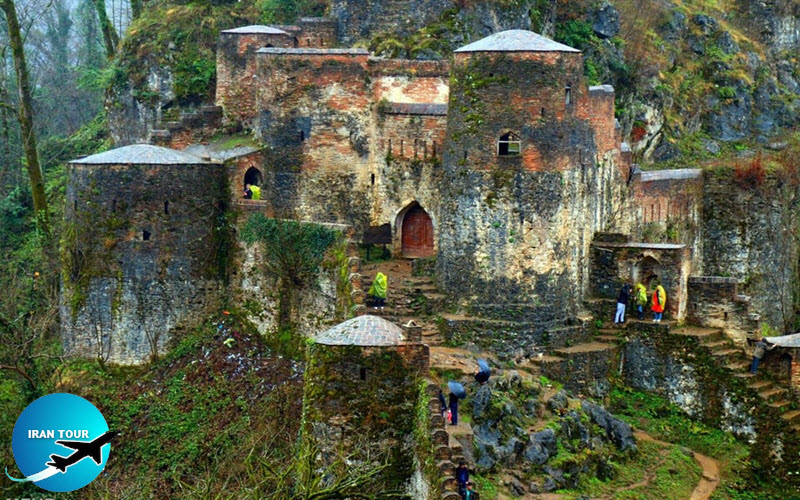 |
6-Rudkhan Castle
The most important Iranian defensive fortress against the Arab invasion from the Sassanid period until now. Rudkhan Castle is located 25km southwest of Foman among the 4.000.000 years old Hirkanian forest in the Northern Province of Gilan. This beautiful great castle is, in fact, a military complex built by followers of the Ismailia sect during the Seljuk dynasty. Rudkhan Castle is the largest military castle in Iran and one of the most unique ancient structures in the world. This thousand-year-old castle is built with an area of 2.6 hectares (6.4 acres) and sits intelligently on two mountain peaks that are 715 and 670 m high. It is also reinforced by strong fortifications and battlements at a length of 1,550 meters.
 |
7-Babak mysterious castle
Babak Fort at Kaleibar- Tabriz province has different names. This castle also is known as Papak Fort, Babak Castle, Immortal Castle, or Republic Castle. This strong and high fortress is one of the most historic and interesting castles in Iran. It remained from the Sassanid period. This fort name is from an Iranian militant leader Babak Khorram Din vs. Arabs and Abbasids in Iran who fought the Islamic caliphate of Abbassids. Iranian gather here during the first weekend in July for the annual commemoration of Babak Khorramdin. The Babek Kharaddin Fort located over a mountain with about 2300 to 2700 m from sea level. The castle surrounded by a depth valley of 400 to 600 meters from each side.
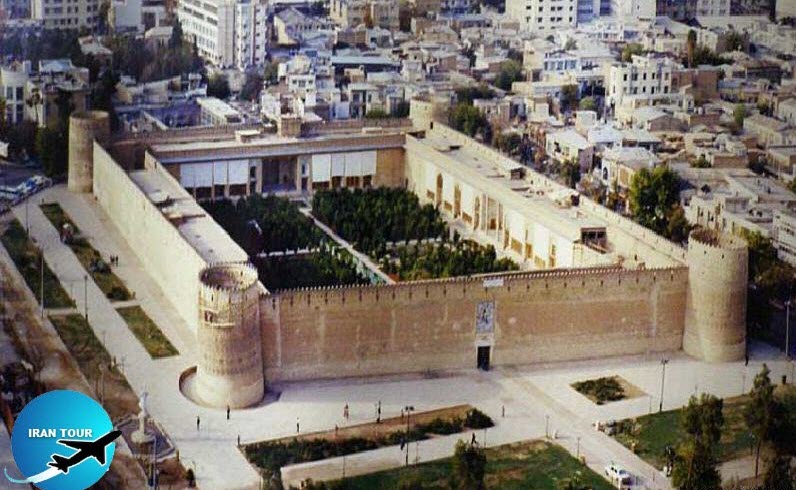 |
8-Karim Khan Citadel
When Karim Khan chose Shiraz as the capital, he ordered repairs to the city's fortifications, which included a rampart and a ditch. As part of the reinforcement work, he also commissioned the creation of a fortified residential and administrative district in the center of the city. The exact date of construction of the Citadel is uncertain, but it is surely one of the first buildings that started and completed in Shiraz under the Zand rule. The basic plan of the building is simple. It consists of an enclosure of 12,800 m², with a circular tower at each corner rising to around 14 m - slightly higher than the retaining walls. For defense purposes, the Citadel was surrounded by a ditch 4 m deep, of which no trace remains.
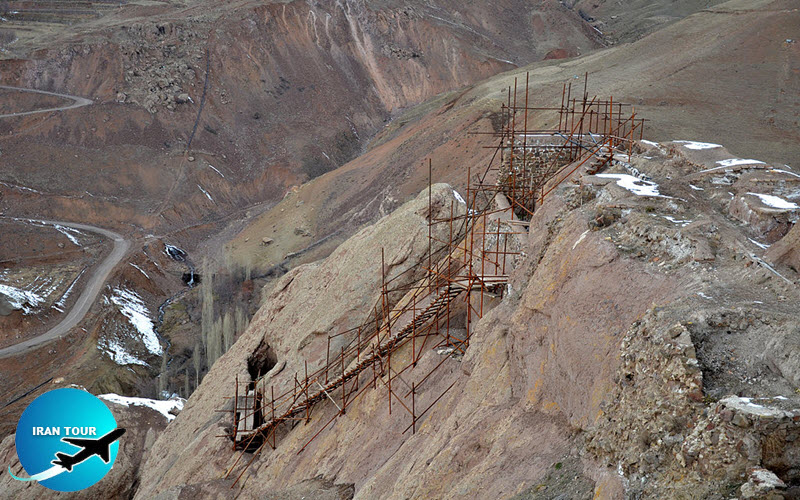 |
9- Alamout Castle
An impregnable fortress among the mountains of Alamut, Qazvin city. A military fort under the leadership of Hassan Sabah, the leader of the Shi'a Nizari Ismailis in Iran, which was a training place for soldiers and military forces to struggle the Abbasid government and the Seljuk Empire. Due to its strategic position and design of the structure and walls of the castle, it is one of the most inaccessible castles. The natural geographical features of the valley surrounding Alamut largely ensured the defense of the castle. Situated on a narrow rock base at approximately 180m above ground level, the fortress could not be taken by direct military force. Eventually, the fort was captured by a long siege by the Mongols and lost hundreds of their soldiers.
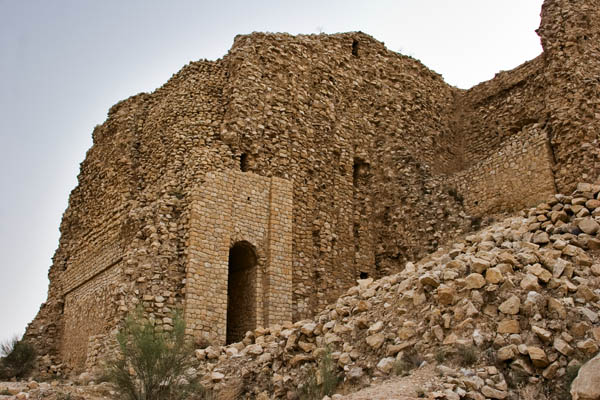 |
10-The Maiden's Fortress
Located at a distance of 3 km from Ardashir's Palace, Qal'e-ye Dokhtar housed the first residential and administrative quarters of the Sasanid kings. The palace was greatly fortified, to defend Ardashir's position from the Parthian survivors, who still threatened the newly founded Sasanid dynasty. Standing on a promontory of Mt. Firuzabad, Qal'e-ye Dokhtar was defended on three sides by precipices that fall nearly straight down from its outer walls and was thus almost invulnerable to enemy attacks.
- Details
- Category: IRAN Blog